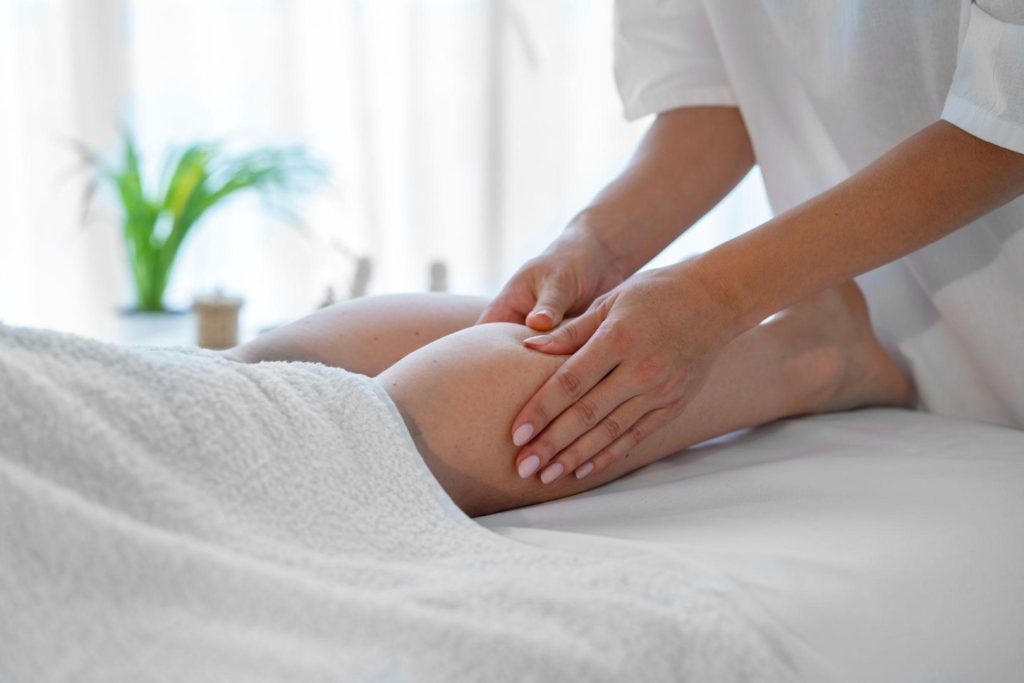Hand reflexology is a therapeutic practice that involves applying pressure to specific points on the hands. These points are connected to different organs and systems within the body, improving overall health and well-being. As a complementary therapy, hand reflexology can be easily integrated into your daily routine, offering numerous physical and mental health benefits.
In this blog, we will explore the basics of hand reflexology, including its history, principles, techniques, benefits, and tips for getting started.

Understanding Hand Reflexology
History and Origins
Reflexology has ancient roots, dating back to civilizations like Egypt, China, and India. Historical evidence suggests that these cultures used reflexology practices to treat various ailments. The modern development of reflexology is attributed to Dr. William Fitzgerald, an American physician who introduced the concept of “zone therapy” in the early 20th century. Later, Eunice Ingham, a physiotherapist, expanded on Fitzgerald’s work, mapping out reflex points on the feet and hands that correspond to different parts of the body.
Principles of Reflexology
The fundamental principle of reflexology is that specific points on the hands (and feet) correspond to different organs and systems in the body. By applying pressure to these points, reflexologists believe they can stimulate the body’s natural healing processes, promote balance, and enhance overall health. This practice is based on the idea that energy pathways, or meridians, run throughout the body, and reflexology helps to unblock these pathways, allowing energy to flow freely.
Techniques of Hand Reflexology
Locating Reflex Points
To practice hand reflexology effectively, it is essential to understand the location of reflex points on the hands. Each hand is divided into different zones, with specific points corresponding to various body parts. For instance, the tips of the fingers and thumbs relate to the head and neck, while the base of the fingers corresponds to the chest area. Reflexology charts can be helpful tools in identifying these points.
Applying Pressure
Applying pressure to reflex points is the core technique of hand reflexology. This pressure can be applied using thumbs, fingers, or even specialized tools. The key is to use firm but gentle pressure, avoiding excessive force that may cause discomfort. Practitioners often use circular motions, pressing and holding techniques, or a combination of both to stimulate the reflex points effectively.
Techniques for Common Issues
Headaches and Migraines: Apply pressure to the tips of the fingers and thumbs, as these points correspond to the head and neck. Use circular motions and press-and-hold techniques to relieve tension.
Digestive Issues: Focus on the area around the base of the thumb and the center of the palm, which are linked to the digestive system. Gentle, circular pressure can help alleviate discomfort.
Stress and Anxiety: The area between the thumb and index finger is known to help reduce stress. Applying pressure here can promote relaxation and reduce anxiety.

Benefits of Hand Reflexology
Physical Health Benefits
Hand reflexology offers a range of physical health benefits. Regular practice can help improve circulation, enhance the function of vital organs, and boost the immune system. It can also provide relief from chronic pain, including headaches, back pain, and arthritis. Additionally, hand reflexology is known to aid in digestion, reduce symptoms of asthma and sinusitis, and promote overall well-being.
Mental Health Benefits
Beyond physical health, hand reflexology can significantly impact mental health. By stimulating reflex points associated with the brain and nervous system, reflexology can help reduce stress, anxiety, and depression. The practice promotes relaxation, improves sleep quality, and enhances mood. Regular sessions can lead to a greater sense of calm and balance in daily life.
Convenience and Accessibility
One of the major advantages of hand reflexology is its convenience and accessibility. Hand reflexology can be practiced anywhere, any time. Whether you are at home, at work, or on the go, you can easily incorporate hand reflexology into your routine. It requires no special equipment and can be performed on yourself or with the assistance of a trained reflexologist.
Getting Started with Hand Reflexology
Learning the Basics
To begin practicing hand reflexology, it is important to familiarize yourself with the basics. Start by studying reflexology charts to understand the location of reflex points on the hands. Numerous resources, including books, online tutorials, and workshops, are available to help you learn the techniques and principles of reflexology.
Practicing Regularly
Consistency is key to experiencing the benefits of hand reflexology. Set aside a few minutes each day to practice, focusing on different reflex points based on your needs. Over time, you will become more proficient and intuitive in locating and stimulating reflex points.
Seeking Professional Guidance
While self-practice is beneficial, seeking guidance from a trained reflexologist can enhance your experience. A professional can provide personalized sessions, address specific health concerns, and offer expert advice on techniques and pressure points.
Conclusion
Conclusion Hand reflexology is a powerful and accessible practice that offers numerous physical and mental health benefits. By understanding the principles, techniques, and benefits of hand reflexology, you can incorporate this therapeutic practice into your daily routine. Whether you seek relief from specific health issues or simply want to promote relaxation and well-being, hand reflexology can be a valuable addition to your self-care toolkit. With regular practice and a commitment to learning, you can unlock the potential of hand reflexology and experience its transformative effects on your health and quality of life.



